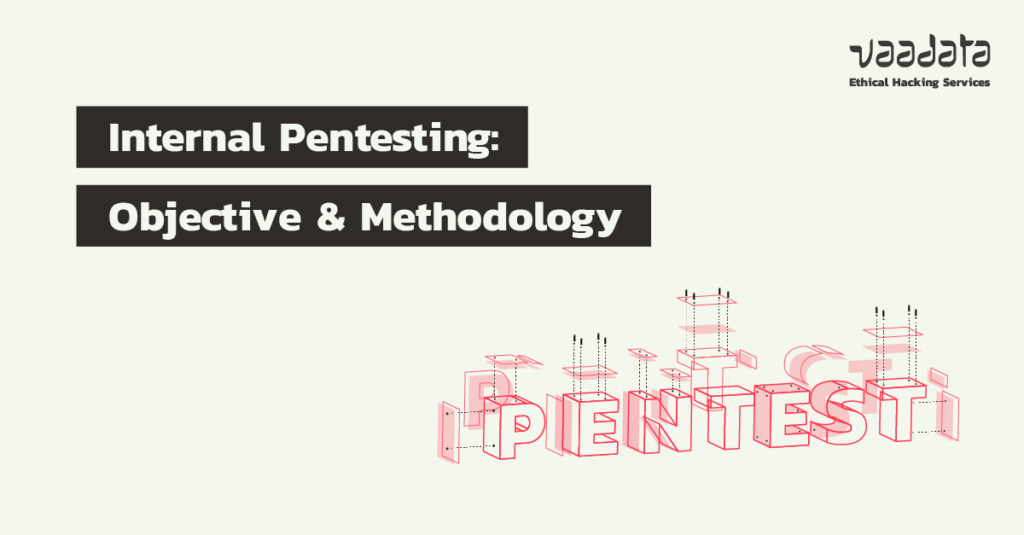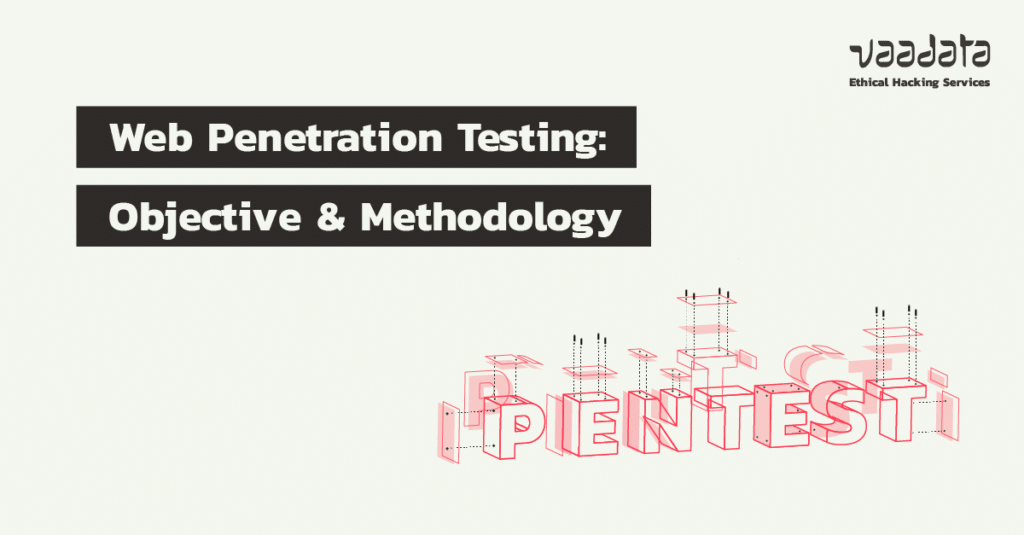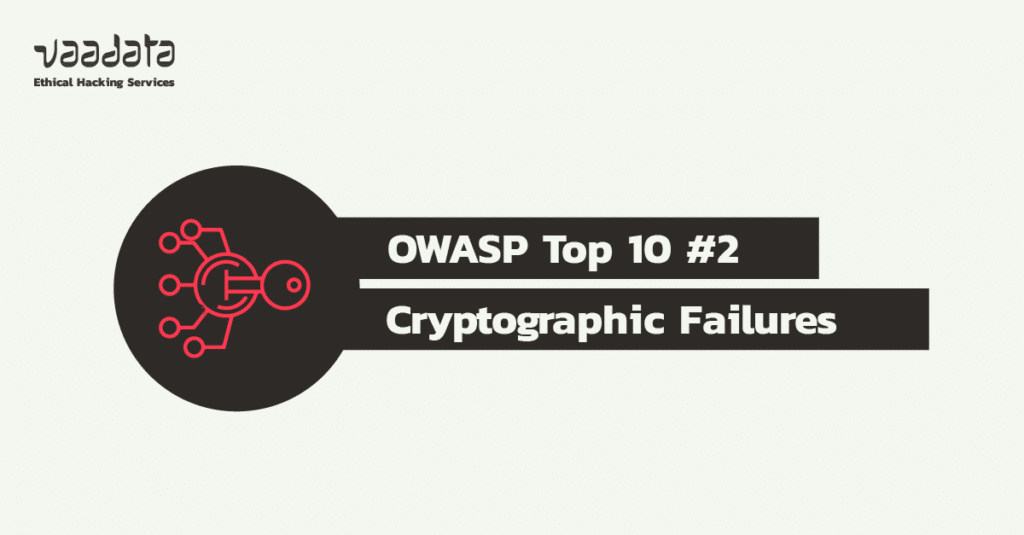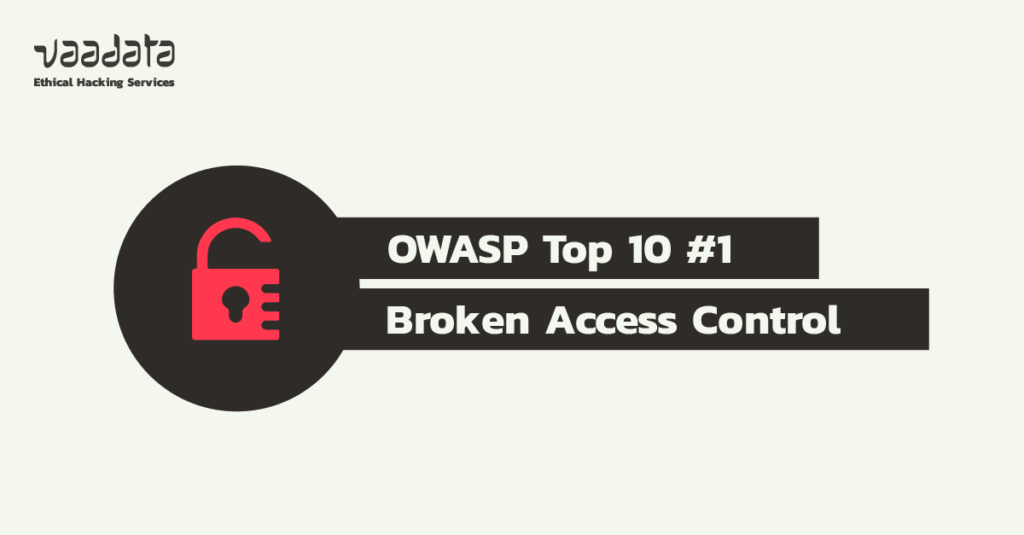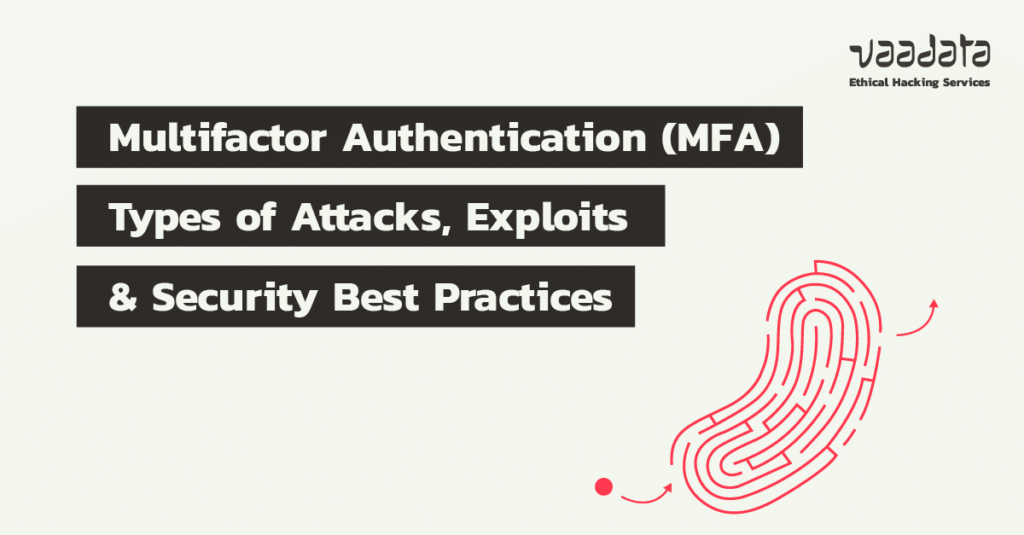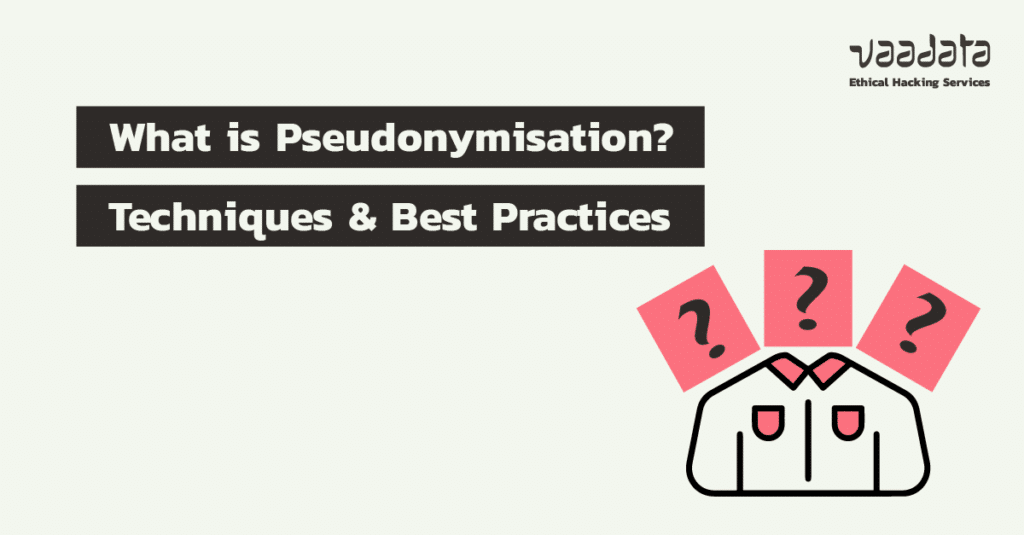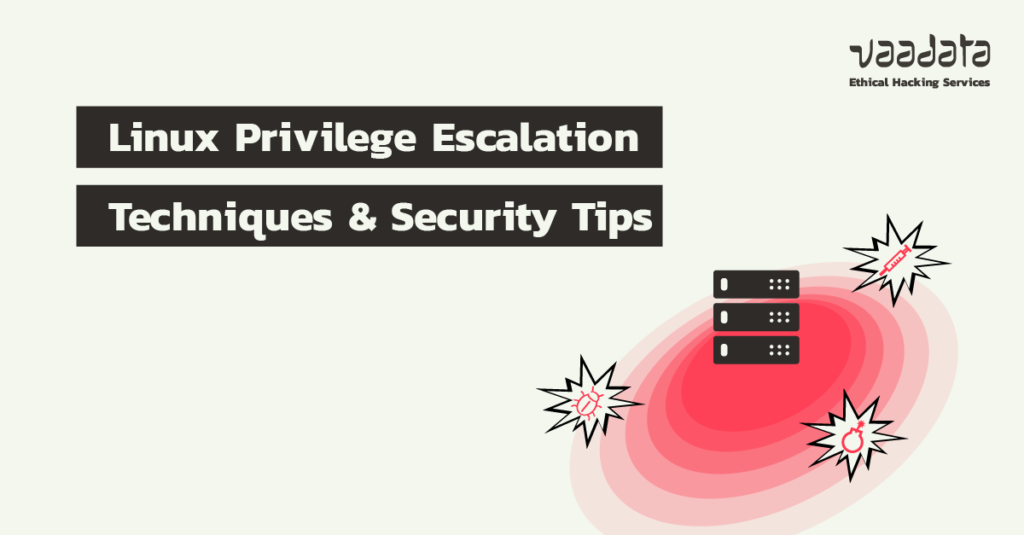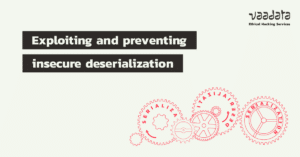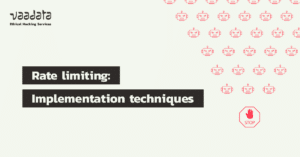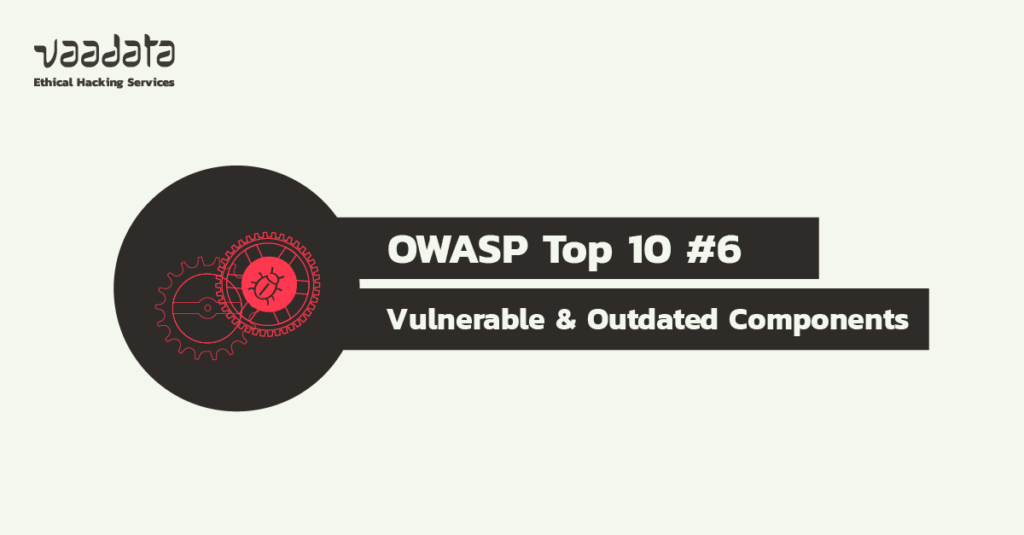
Third-party components are omnipresent in web applications. Libraries, frameworks and other system components are used more and more, because they reduce costs and make development easier.
However, like any system, these third-party components may contain vulnerabilities that can be exploited in attacks on web applications. Furthermore, exploits that are discovered, and often made public, can have a snowball effect, compromising an entire web application, servers, database systems, etc.

